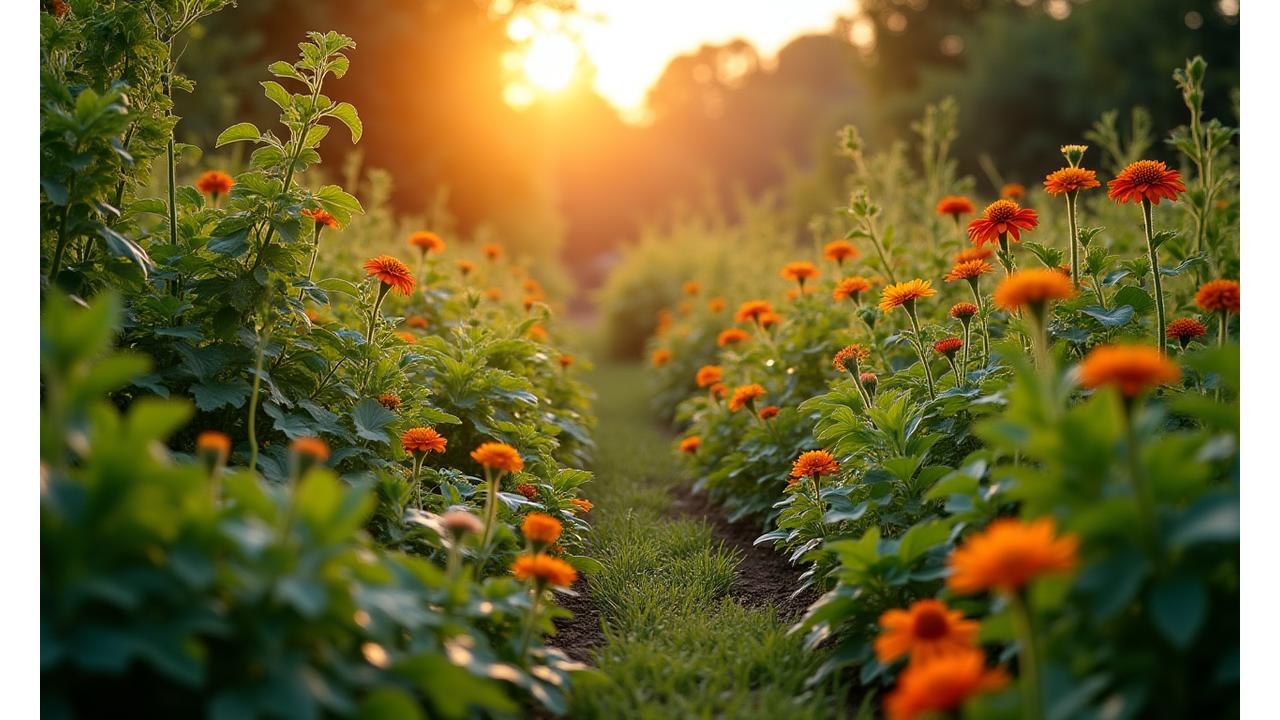Explore Our Seed Collections
Dive into our curated selection, designed to empower every gardener, from the eager beginner to the seasoned enthusiast. We offer quality seeds combined with expert planting guidance to ensure gardening success from germination through harvest.
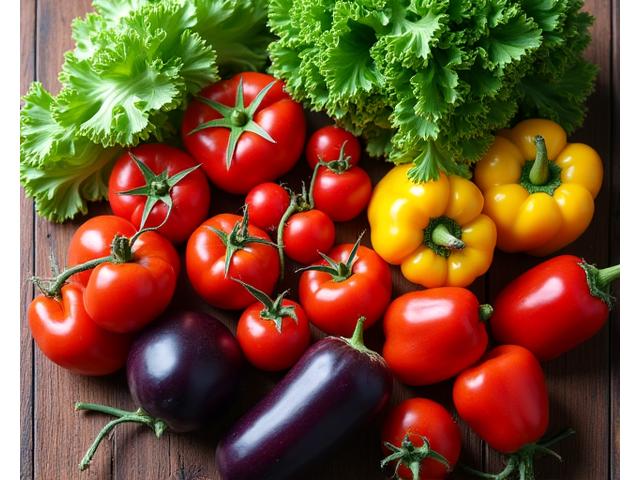
Vegetable Seeds
Cultivate your own organic produce with our extensive range of vegetable seeds. From classic heirlooms like 'Black Krim' tomatoes to crunchy radishes and sweet garden peas, grow fresh flavors right at home.
Shop Vegetables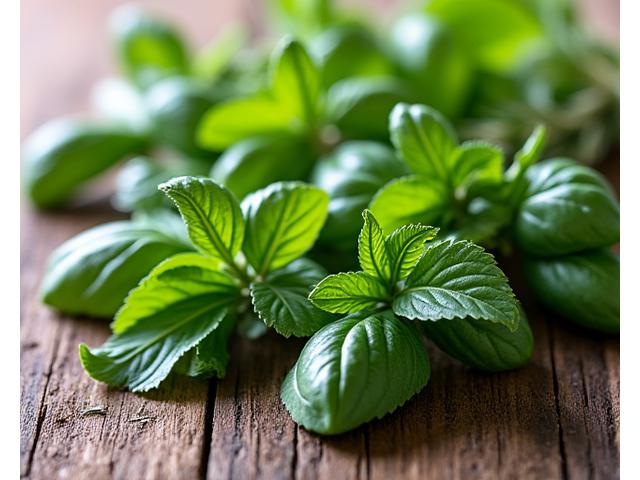
Herb Seeds
Infuse your cooking with fresh-from-the-garden herbs. Our collection includes culinary favorites like 'Genovese' basil, fragrant rosemary, and soothing chamomile for teas. Easy to grow for every kitchen.
Shop Herbs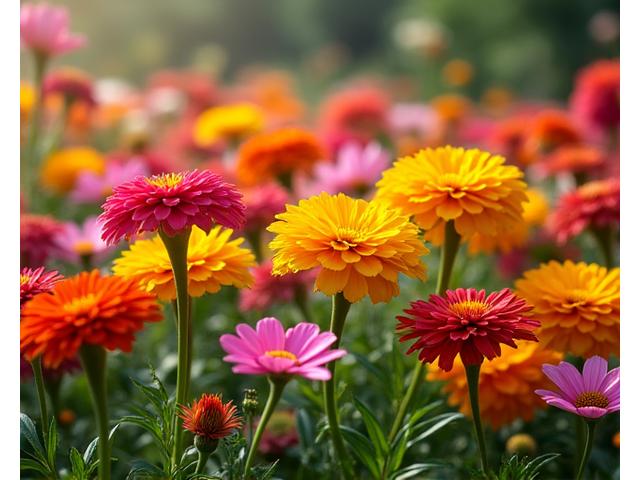
Flower Seeds
Add a splash of color and attract beneficial pollinators with our beautiful flower seeds. From cheerful sunflowers to delicate cosmos and fragrant sweet peas, create a blooming sanctuary around your home.
Shop Flowers
Specialty Collections
Explore unique options like nutrient-dense microgreens, easy-to-grow sprouting seeds, and rare heirloom varieties for the adventurous gardener. Expand your gardening horizons with something truly special.
Shop SpecialtyGarden Favorites and Seasonal Stars

Cherokee Purple Heirloom Tomato
Renowned for its rich, smoky-sweet flavor and beautiful deep purple hue. A Southern favorite that produces abundant, large slicing tomatoes perfect for sandwiches and salads. Matures in 80-90 days.
- Yield: Excellent
- Light: Full Sun
- Difficulty: Moderate
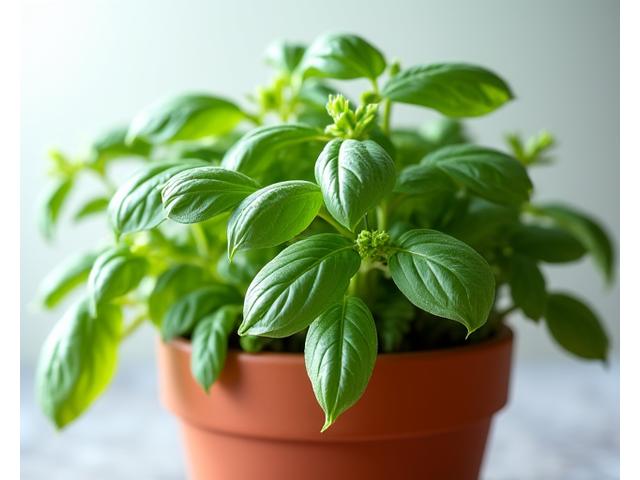
Gourmet Basil Blend
An exceptional mix of 'Genovese,' 'Sweet,' and 'Purple Ruffles' basils. Perfect for pesto, pasta, and fresh culinary delights. Thrives in containers or garden beds, providing continuous harvests. Matures in 60-70 days.
- Flavor: Complex, Aromatic
- Light: Full Sun
- Difficulty: Easy
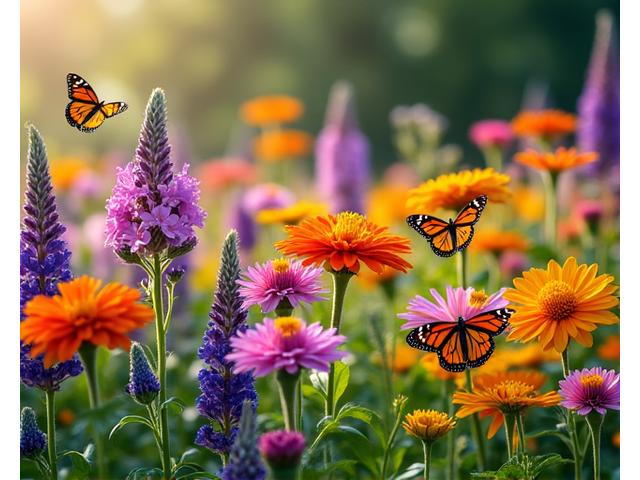
Butterfly Garden Mix
Attract monarch butterflies, bees, and other beneficial pollinators to your garden. This mix includes native and adapted wildflowers like Milkweed, Coneflower, and Zinnia, creating a living ecosystem. Provides continuous blooms.
- Pollinator Friendly: High
- Light: Full Sun
- Difficulty: Easy
Choosing the Right Seeds for Your Garden
Selecting the perfect seeds is the first step to a thriving garden. Our comprehensive guide helps you navigate climate, space, and skill level to ensure your plants flourish.
Climate Zone Considerations
Understanding your USDA Plant Hardiness Zone is crucial. This determines which plants will thrive in your specific region. Research your zone before purchasing seeds to ensure they can withstand your local temperatures and growing season. Many seed packets will indicate suitable zones.
Consider your average last frost date in spring and first frost date in fall. These dates define your growing window and help you time your planting effectively, whether direct sowing or starting indoors.
Garden Space Assessment
Evaluate the size and sunlight conditions of your garden space. For small balconies or patios, look for compact varieties or "container friendly" labels. Many vegetables like bush beans, determinate tomatoes, and dwarf fruit trees are perfect for limited spaces.
Assess sunlight exposure throughout the day. Most vegetables and flowering annuals require at least 6-8 hours of direct sunlight. If you have partial shade, consider leafy greens like lettuce and spinach, or shade-tolerant herbs.
Skill Level Recommendations
Don't be intimidated! Start with beginner-friendly seeds like radishes, bush beans, lettuce, or sunflowers. These germinate quickly and are generally forgiving, providing early success and building confidence.
As you gain experience, you can explore more challenging varieties such as delicate herbs, long-season crops like pumpkins, or plants requiring specific care like certain exotic flowers. Always match your ambition with your current gardening comfort.
Companion Planting Suggestions
Enhance your garden's health and productivity by planting compatible species together. For instance, planting marigolds near tomatoes can deter pests, while beans and corn thrive when planted near each other.
Good companions can deter pests, attract beneficial insects, improve nutrient uptake, or provide structural support. Research classic combinations like "The Three Sisters" (corn, beans, squash) for historical and effective pairings.
Expert Tips for Seed Starting Success
Unlock the secrets to healthier seedlings and a more bountiful harvest with our proven techniques, from preparing your soil to transplanting with care.

Soil Preparation & Seed Planting
Start with a high-quality, sterile seed starting mix. This provides the ideal texture, drainage, and nutrients for delicate seedlings. Avoid heavy garden soil which can compact and harbor diseases.
Plant seeds at the depth recommended on the packet – typically 2-3 times their diameter. Gently cover with soil and lightly press to ensure good seed-to-soil contact. Label your trays immediately to avoid confusion!
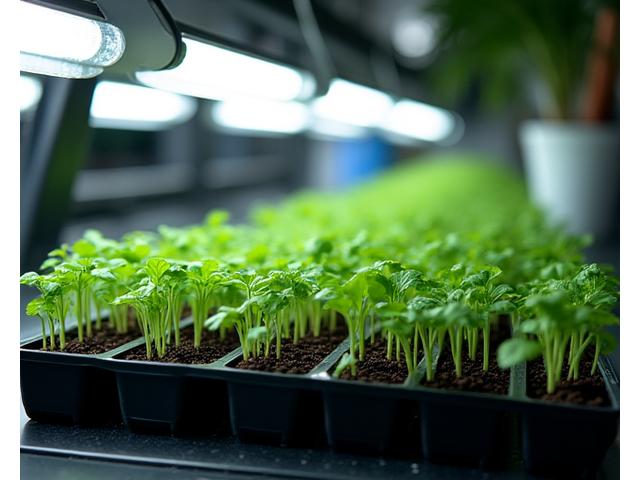
Indoor Starting and Early Care
For most plants, starting indoors 6-8 weeks before your last frost date gives them a head start. Provide consistent warmth (using a heating mat can help germination) and ample light, ideally from grow lights positioned just a few inches above the seedlings.
Water from the bottom to encourage root growth and prevent damping-off disease. Ensure excellent air circulation and thin seedlings to promote stronger, healthier growth. Fertilize gently once true leaves appear.
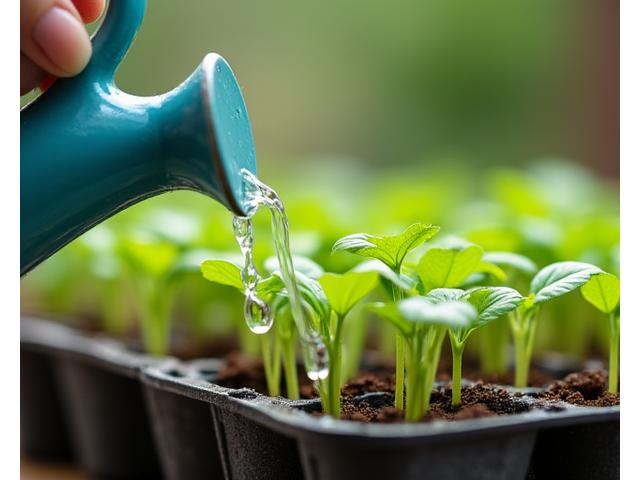
Watering and Fertilization Schedules
Water consistently, keeping the soil moist but not soggy. Allowing the top layer to dry slightly between waterings encourages root development. Use a gentle stream to avoid dislodging small seedlings.
Once seedlings have their first set of 'true leaves' (the leaves that appear after the initial cotyledons), you can begin light fertilization. Use a diluted, balanced liquid fertilizer specifically formulated for seedlings, following product instructions carefully.
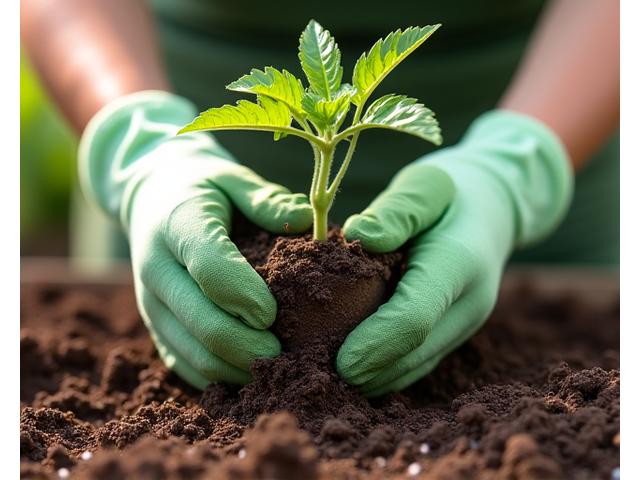
Transplanting to the Garden
Before moving seedlings outdoors permanently, 'harden them off' over 7-10 days. Gradually expose them to outdoor conditions – dappled shade initially, then increasing periods of direct sun, wind, and cooler temperatures. This acclimates them to the harsher outdoor environment.
When transplanting, dig a hole slightly larger than the seedling's root ball. Gently remove the seedling, place it in the hole, and backfill with soil, lightly firming around the base. Water thoroughly immediately after transplanting.
Plan Your Perfect Garden
Ready to bring your garden dreams to life? Utilize our interactive tools to plan, calculate, and schedule your planting for a bountiful harvest.
Discover how many seeds you need for your space, project harvest timelines, and find the best companion plants to maximize your garden's potential. Start growing smart today!
Launch Garden Planner